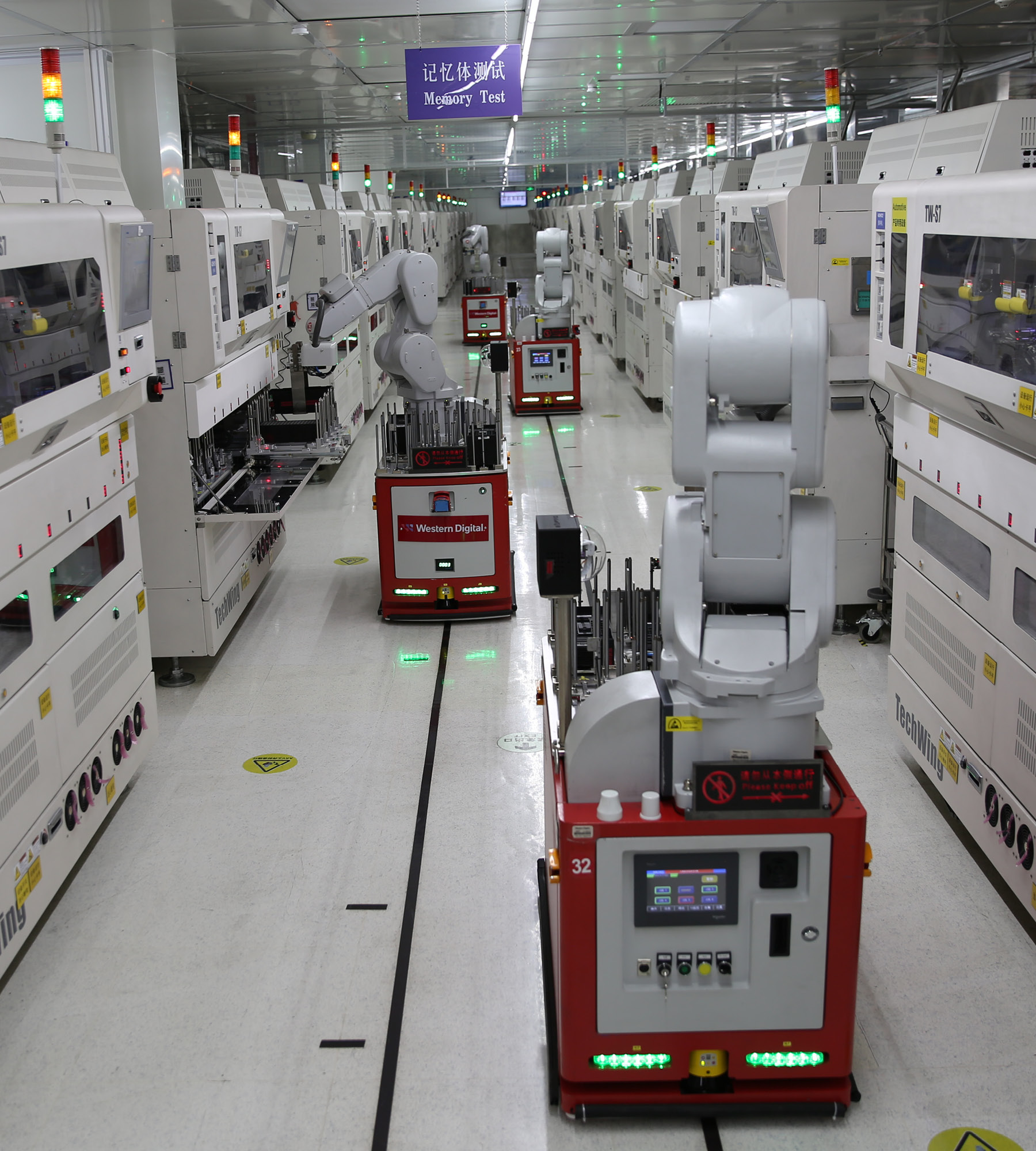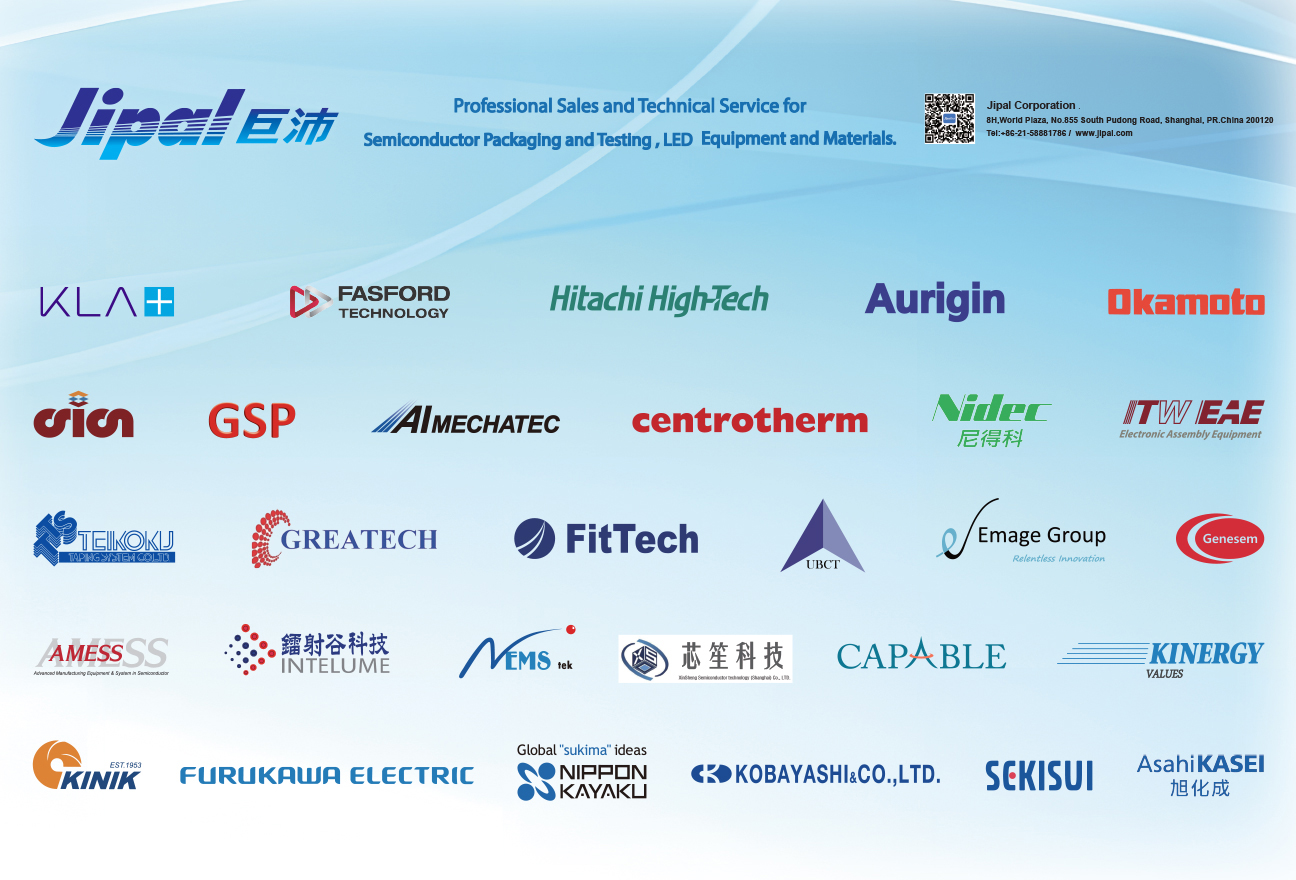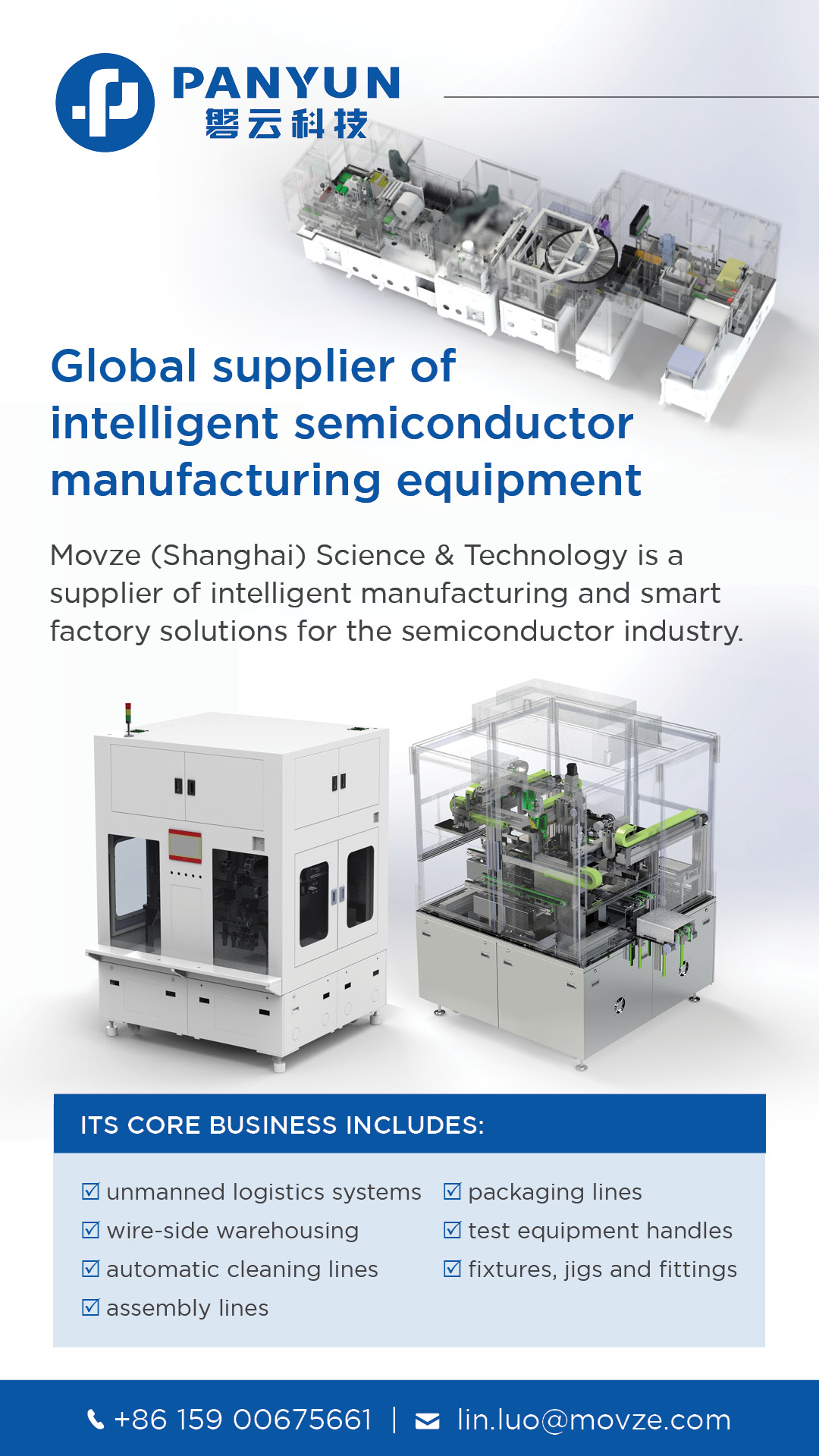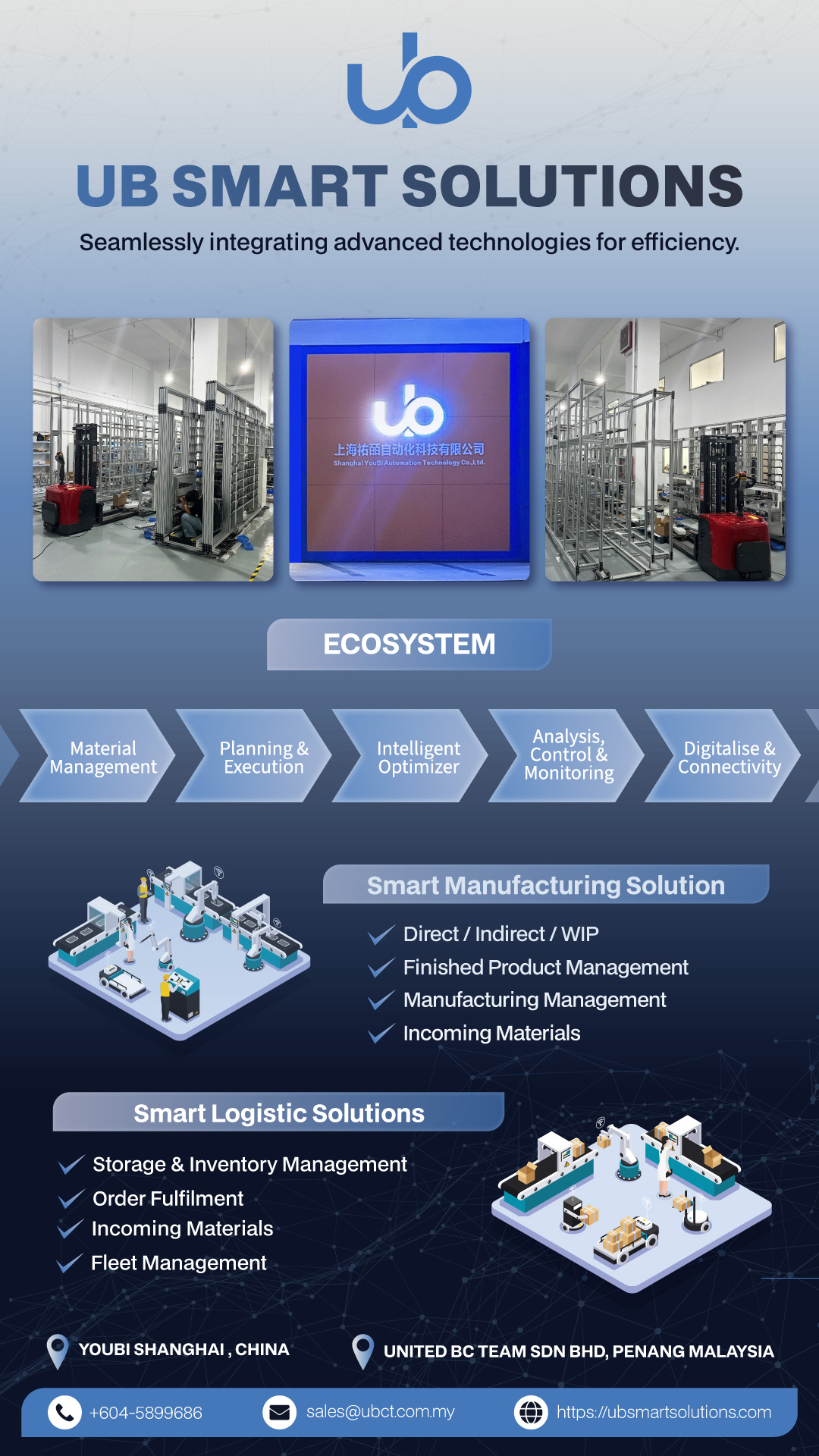Language
You can read the magazine in one of the following languages
Geolocation
You can read the global content or the content from your region

Western Digital subsidiary SanDisk Semiconductor Shanghai (SDSS) is entering a phase of new possibilities, with a change in ownership set to breathe new life into the Shanghai flash memory facility after a turbulent few years.
In the wake of the COVID-19 pandemic, demand for flash chips slowed, resulting in a supply glut. On top of that, Western Digital’s plans to merge the unit with Japan’s Kioxia last year stalled after two years of talks.

However, in March, Chinese chip assembly and testing firm JCET Group revealed its plans to acquire an 80 percent stake in SDSS for an approximate sum of US$624 million, with the flash memory facility to become a joint venture with Western Digital.
Under the joint venture, Western Digital will remain SDSS’ main customer in order to shore up its operational performance. But JCET predicts that a growth trajectory is on the cards.
The World Semiconductor Trade Statistics (WSTS) reveal storage chips are the second-largest semiconductor sub-market, with around 28 percent of market share, behind logic chips. The storage chip market is expected to hit US$130 billion in 2024.

Within this expansive market, NAND flash chips stand out, constituting approximately 40 percent of the global storage market, with a projected compound annual growth rate of eight percent to 2027.
It seems only logical that SDSS will play a part in this positive outlook with its hard-working culture, which helped steer it through the pandemic.
Even in the years running up to the pandemic, a series of market challenges prompted SDSS management to pursue a new strategic direction.
A cutting-edge approach to technology was part of this revitalization. AI, 3D printing and big data analytics have been harnessed at SDSS to drive efficiency, enhance competitiveness and build supply chain resilience while protecting the environment in the process.

This transition from a traditional manufacturing model to a more future-ready facility saw SDSS double its petabyte (PB) output between 2017 and 2021. By establishing a powerful data center, it now brings together data from all regions, which it uses to automate its production processes both upstream and downstream in its manufacturing chain.
At the same time, its new data approach has also minimized energy consumption and pollution. Its environmental footprint per PB produced has been reduced, with energy consumption down by 51 percent per PB. The site also features an innovative water recycling system, which has reduced its water consumption by 62 percent per PB.
In recognition of these efforts, the Shanghai facility was named part of the World Economic Forum’s Global Lighthouse Network in November 2022, highlighting companies that are facilitating the development of the Fourth Industrial Revolution.

Western Digital’s Shanghai and Penang facilities were both designated as a ‘Sustainability Lighthouse’, an accolade given to only a few companies globally in recognition of their exemplary sustainability practices.
The Shanghai facility became the third of Western Digital’s factories to be recognized within the network, a fast-growing community of production sites and value chains.
The Global Lighthouse Network, a World Economic Forum initiative in collaboration with McKinsey & Company, now extends across the globe, with more than 150 member sites across every manufacturing sector just six years after it was first founded.
A 2023 survey undertaken by the initiative highlighted productivity, sustainability and resilience as the top three strategic priorities across all industries and regions. Two-thirds of respondents highlighted the scaling of the Fourth Industrial Revolution as crucial to achieving these priorities.
Investments in new facilities aimed to not only offer reassurance to employees, but also create a homely atmosphere.
To encourage even greater engagement, SDSS installed an Industry 4.0 Innovation Studio with 3D printing capabilities, robotics, computer vision, a sensor suite and augmented reality and virtual reality kits. It was designed to help employees collaborate and explore new ideas, finding ways to turn them into reality.

It’s a commitment that has meant that staff generally stay on board for the journey, with such loyalty also inspired by the company’s commitment to innovation.
Indeed, automation continues to be at the top of the SDSS agenda, with the focus turning to different areas of its operations such as transportation and process control. Digitization is expected to transform every aspect of the company’s day-to-day running.

In June last year, Western Digital unveiled daring new sustainability targets that aim to help tackle climate change.
Among its main goals were powering the company with 100 percent renewable energy by 2030 and achieving net zero emissions in the company’s operations by 2032. It also set out its intention to reduce water withdrawals by 20 percent by 2030 and to divert more than 95 percent of its operational waste away from landfills by 2030.
“Committing to these new, aggressive sustainability targets furthers Western Digital’s priority to be a good environmental steward and put forth data-driven goals and metrics to hold our organization accountable for mitigating the impacts of climate change,” said Irving Tan, Executive Vice President of Global Operations.
“We have already made significant progress undertaking measures to reduce emissions, water and waste, to leverage renewable energy as well as low-carbon product design and packaging. These new targets reiterate our commitment to be an industry leader in sustainability.”
Supply chain and inventory management are other areas that require great attention, particularly in light of the disruptions that continue to spill over from the pandemic period. Ensuring SDSS has first call on supplies in China is a priority, as is putting in place secondary sources outside the country.
While the majority of the supply chain currently comes from China, this is starting to shift post-pandemic with many players moving instead into Vietnam, Thailand and Malaysia.

Partnerships will be crucial to the ongoing success of SDSS, specifically its excellent relationships with industry players such as Jipal Corporation, Shanghai Yoube Automation Technology, Suzhou Mica Technology, Muzhe Automation Technology Co and Ningbo Micro Vision Intelligent Technology.
Meanwhile, the SanDisk brand continues to evolve and grow, with Western Digital recently announcing a range of new solutions designed to cater to the fast-shifting needs of consumers.
With additional storage space required by spiraling digital use worldwide, the company has launched 1.5 terabyte Ultra microSD UHS-I cards, touted as the world’s fastest, as well as the Pro-Cinema CFexpress Type B card, which offers Hollywood-quality memory.

It has also unveiled Outdoors SD and microSD UHS-I cards designed for trail cameras and other outdoor devices, along with a revamped range of USB flash drives in bright colors.
“We understand that people’s storage needs continuously evolve, from personal photos, videos and files to professional content, which is what pushes us to redefine the limits of what’s possible,” Western Digital Vice President Consumer Solutions Susan Park said upon the release.
“Our goal is to continue creating easy-to-use, trusted solutions that people rely on today and tomorrow, and we hope the solutions we are launching today inspire people to keep creating.”